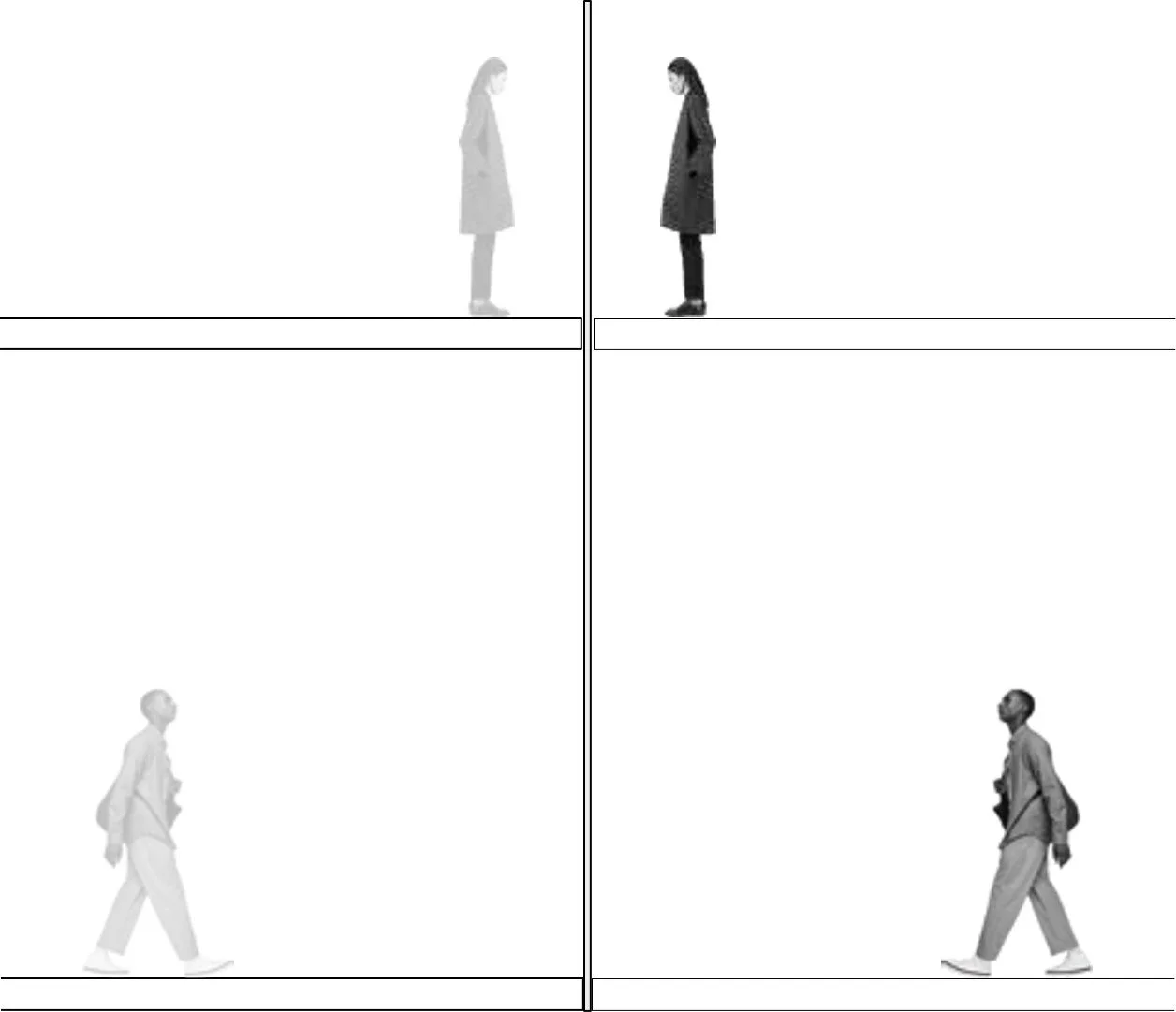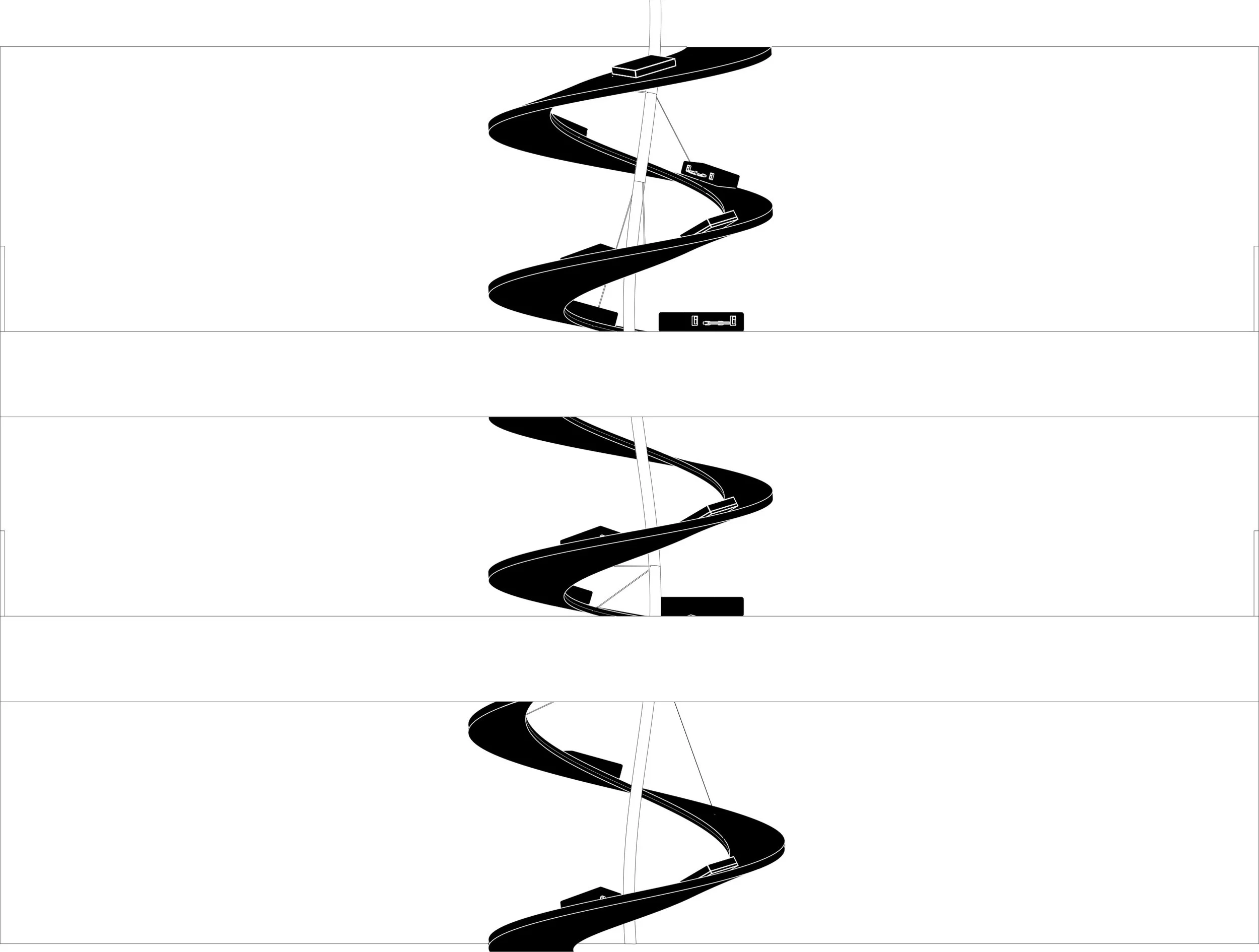
NAVIGATING THE IMBALANCED RELATIONSHIP BETWEEN THE AIRPORT AND THE TRAVELER WITHIN THE TOM BRADLEY INTERNATIONAL TERMINAL AT LAXIMPOSSIBLE RECIPROCITY
M.Arch Core Design Studio II
ARCH 5112: Relational and Ecological Design
This body of work (3 projects) represents the culmination of a semester of research and design in collaboration with Akua appiah-adu at Cornell university (spring, 2024).
Under the guidance of Christopher a. battaglia and farzin lotfi-jam, this studio maintains a Focus on relational and ecological design thinking through interpretive, analytical, programmatic and generative uses of digital media. It emphasizes context, architectonics and systems in the design of a mid-scale building as informed by the analysis of precedents.
Research
as international hubs, the potential of airports for inclusivity and welcoming are high, but in reality they rely on the siphoning of people and belongings.
Structure
Implementation: a four-foot asymmetrical tower with trapezoidal cantilevers and an optimized (yet visually illogical) system of trusses.
Intervention
air travel can feel like an autonomous experience meant to enable the traveler, but the extractive nature of the airport system yields an imbalanced give-and-take between the airport (and its adjacent systems) and the traveler.
what you give
passport number (all info)
travel history
photo identification
visa information
bags (and access to contents)
marital status
money
citizenship (and immigration status)
feedback
airport behavior (surveillance)
data on financial status
physical data (height, weight, etc.)
phone number
home address
what you get
flight
use of public restroom
charging port wifi + electricity
airplane food (not guaranteed)
lounge (priority treatment)
new friend? (conversation)
Exquisite corpse draws on the formal optimization techniques developed during the structural exploration of project 2 through a series of three-teered towers made with digital facades.
during the check in process (either before or after checking in), visitors will have the opportunity to move through the space. Their bodies will be documented in real time and displayed back to them as a collage with imagery of two other passengers. This intervention is meant to comment on the vastness of airport visitors (more than 85,000 travelers move through LAX daily), and the extent to which they are surveilled and documented even before they reach security).
Intervention 1: Exquisite Corpse
Show yourself mobilizes the escalator, generally a single use item, as a means of unveiling what the traveler discloses at security… physical characteristics, micro-behaviors (facial and body language nuances) that are evaluated by security officials.
Intervention 2: Show Yourself
After moving through security, passengers move through a commercial area before finding their gate. In this space, there is a multi-shaft elevator structure. The elevator’s entire facade is made from one unified screen that spans all four faces. Reflection as give and take replaces the elevator structure with a digital mirror.
passengers approach the digitized mirror and essentially a fictionalized version of their identity (as reduced to qualities significant to the airport) is recounted before them.
Intervention 3: Reflection as Give and Take
you are what you pack spans three floors and draws on the infrastructure of the airport’s baggage handling system, typically accessible to airport personnel only, to reveal the extent to which the contents of checked bags are completely transparent to baggage handlers.
Intervention 4: You Are What You Pack
w
As travelers make their way through the tunnel, they are confronted with a series of visuals that illustrate the evolution of airport typology… from grass airfields to smart airports.
this area displays the extent to which the airport system itself has been “optimized” and raises the question of who this “efficiency” is really benefitting. Does TSA pre-check really make things faster, or does it simply offer another opportunity for subscription?
Intervention 5: Typological Idealization
This final intervention illustrates what you, the traveler, gets out of this experience.
Much like the exquisite corpse, the maze three-dimensionalizes the truss system and creates a system of pathways and dead ends with interactive components.
Intervention 6: Getting Out
Why
Perhaps this series of interventions functions as a microcosm for the invasive nature of surveillance. Being able to move through the airport worrying only about making a flight, finding your seat, and keeping track of your belongings is a privilege.
countless travelers worry about the financial burden of flying, being profiled, mistreated, or worse. The systems in place for “our security” are not always efficient or in our best interest.
The airport / traveler relationship is not equally reciprocal.





![3 POSTERS 240321 1040 [Recovered]-01.jpg](https://images.squarespace-cdn.com/content/v1/5dfcceeb316feb4ca081a961/623f4adc-3f25-462d-a9a0-7d9f19a244e8/3+POSTERS+240321+1040+%5BRecovered%5D-01.jpg)
![3 POSTERS 240321 1040 [Recovered]-02.jpg](https://images.squarespace-cdn.com/content/v1/5dfcceeb316feb4ca081a961/1ef89bad-85d5-4acc-b945-56cb20367d09/3+POSTERS+240321+1040+%5BRecovered%5D-02.jpg)
![3 POSTERS 240321 1040 [Recovered]-03.jpg](https://images.squarespace-cdn.com/content/v1/5dfcceeb316feb4ca081a961/e4a5464d-8860-4fd2-979e-5e3a1b53b1ad/3+POSTERS+240321+1040+%5BRecovered%5D-03.jpg)
























